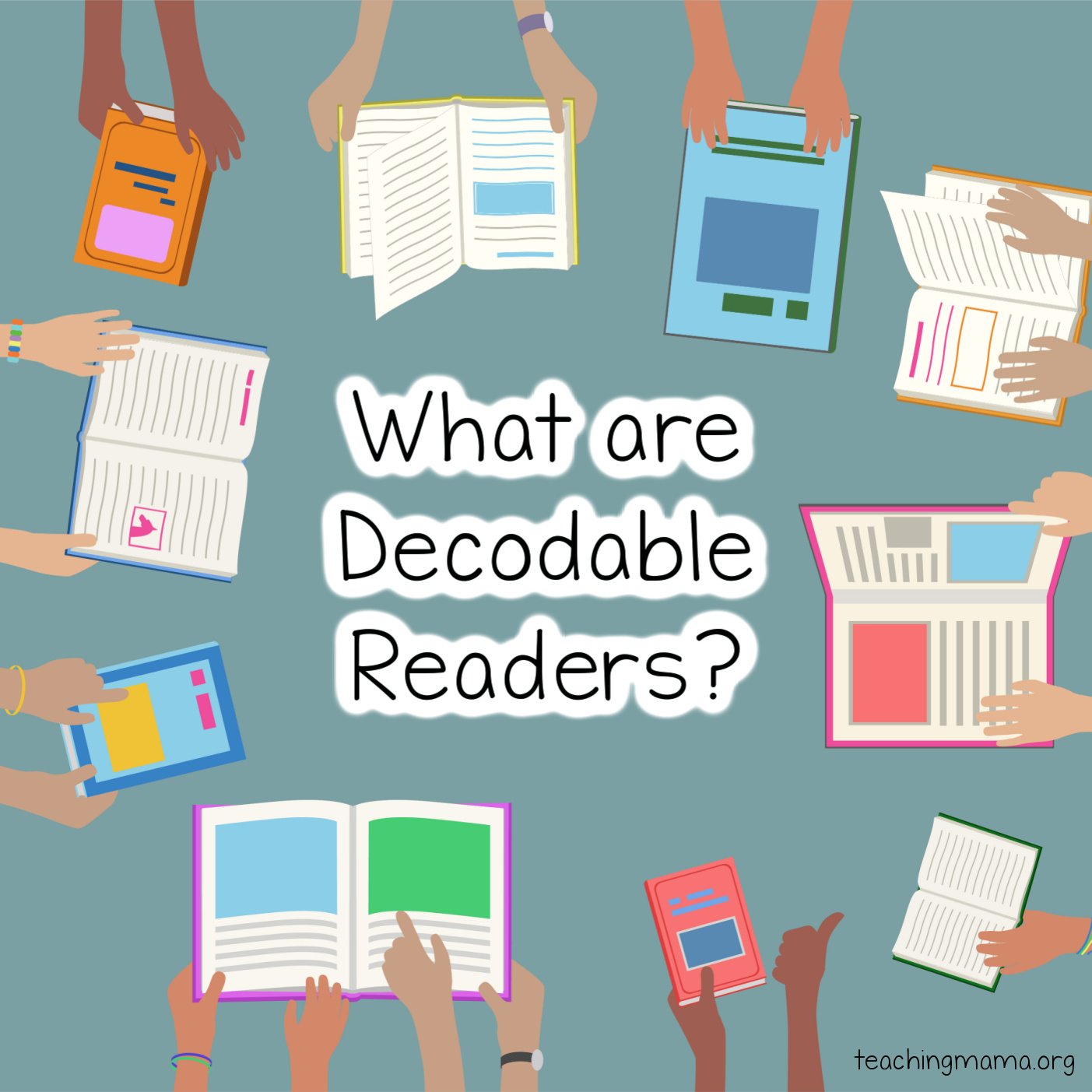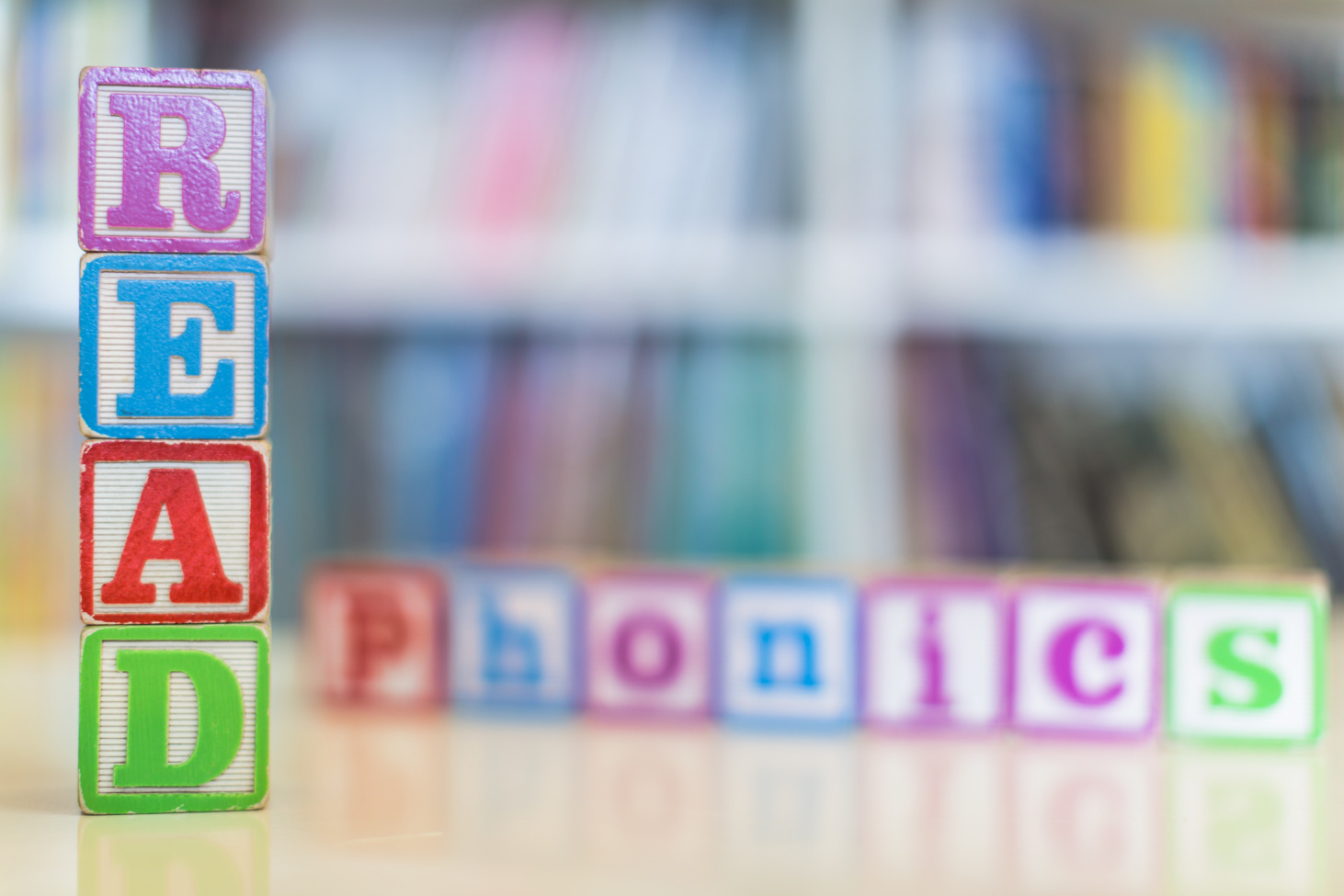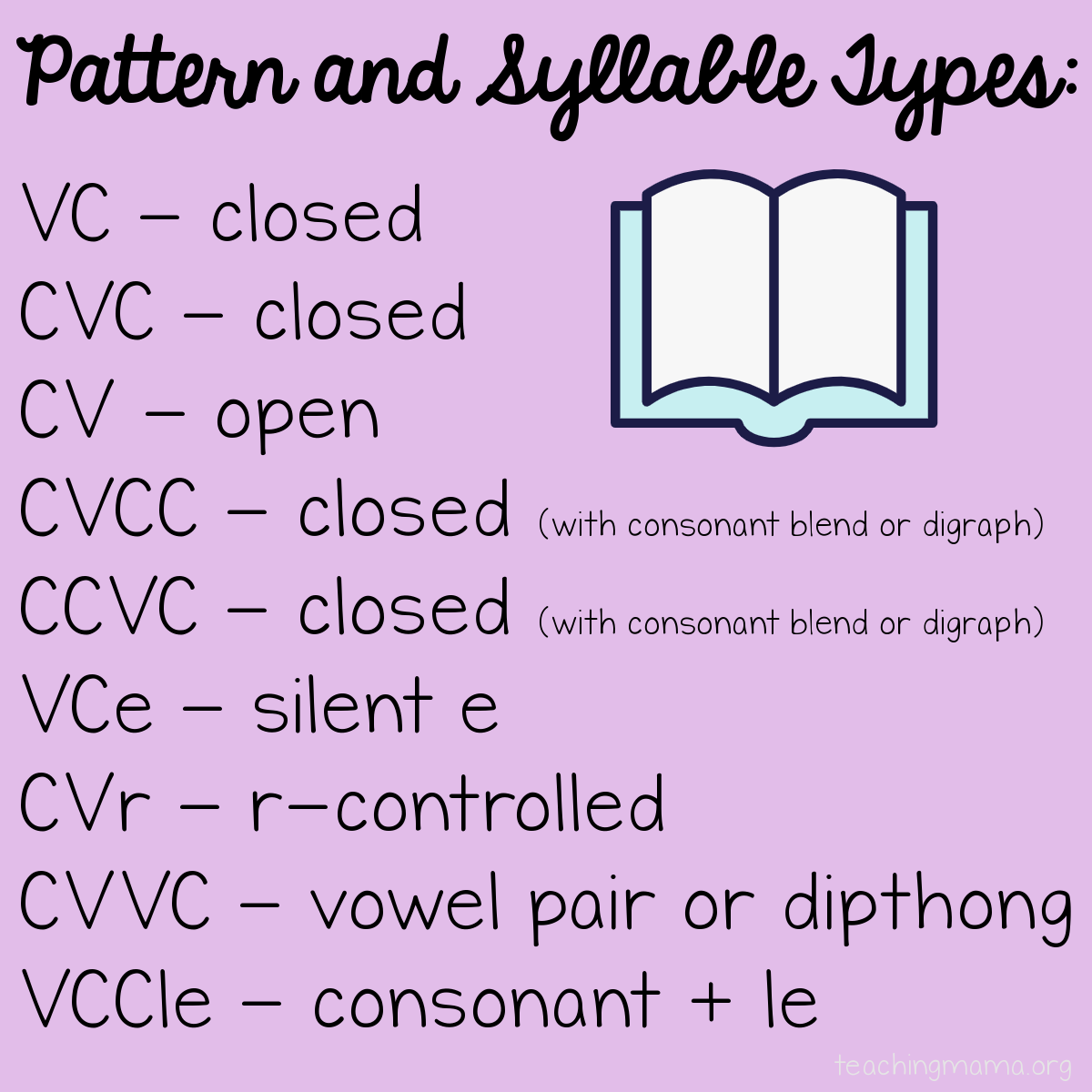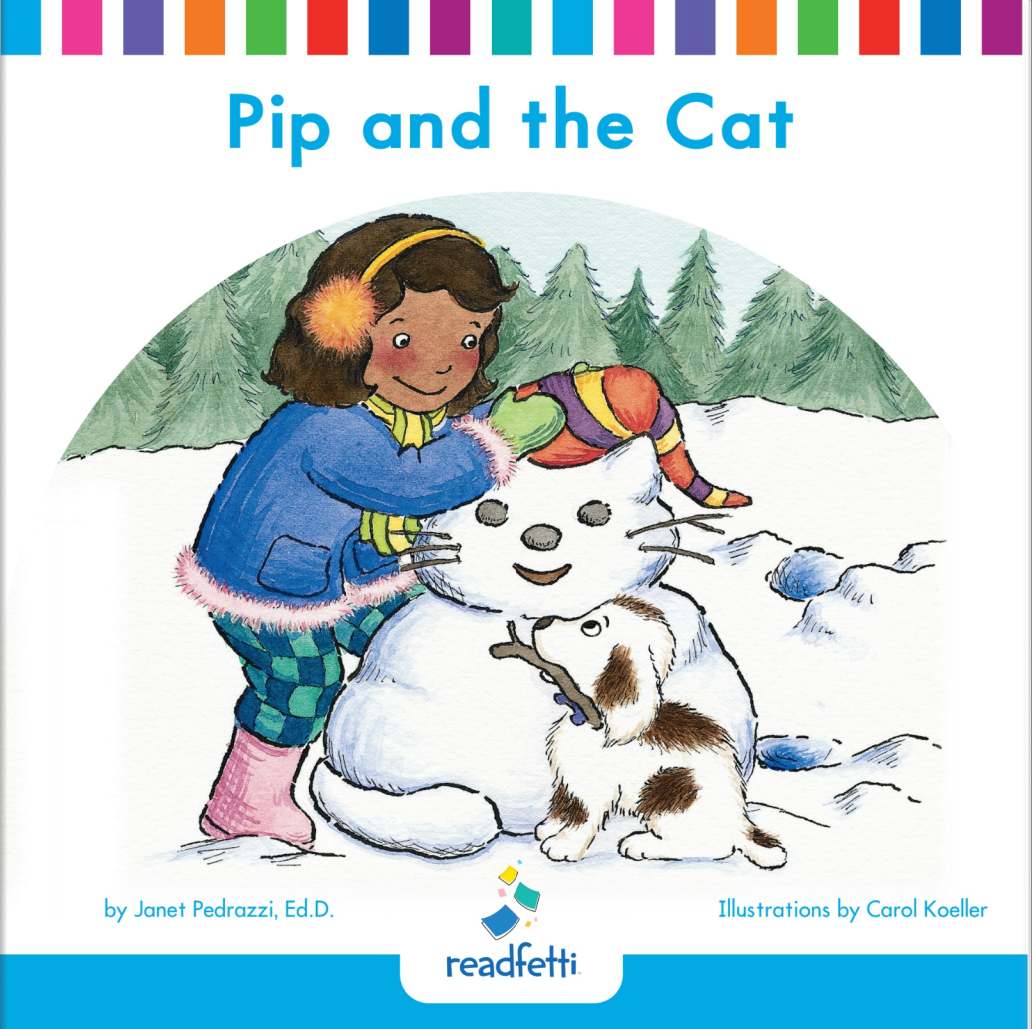If you are in the education field, you know that teachers are talking about the science of reading. Current research shows that teaching phonics and using decodable readers helps build strong readers.
Decodable readers are books that have words that students can decode after they’ve had explicit phonics instruction. These books help students sound out words so they can map them into their brains and eventually recognize them automatically.

When we implement a structured literacy framework (instead of balanced literacy), teachers use a well-defined scope and sequence where phonics skills are explicitly taught, starting with the easiest skills and building to more complex skills. After each skill is taught, students will practice to master this skill before moving on. One way to practice this phonics skill is by using decodable readers.

Decodable books are not like sight word readers, where students practice reading sight words and have to rely on pictures or context clues to understand the text. Decodable readers are a wonderful way to apply the phonics skills they just learned to read words, full sentences, and short stories.
In beginning decodable readers, the text contains words that are simple in structure like VC and CVC words. They progress and introduce new words and more complex structures. If you use decodable readers that are not specifically linked to a curriculum’s scope and sequence, then the books are often leveled by syllable types.

Decodable readers do not have a lot of pictures. That way, the pictures don’t give away the story and students have to use their decoding skills to read the words. The research shows that when students learn to decode words really well, it helps tremendously with fluency and comprehension as they get older! It also teaches kids to keep their eyes on the words when they are reading. They don’t look up at YOU when they come to a word they don’t know. We teach them to keep their eyes on the words.
[TAG3]
How to Use Decodable Readers
Check out the sequence below to see how you can use decodable readers in your literacy lessons.
Before Reading Activities
- Always review the target phonics skill that will be in the decodable readers
- Practice decoding words in isolation
- Pre-teach some vocabulary words (more details on this below!)
- Read some heart words or high-frequency words from the text together
- Talk about the book…look at the cover, activate prior knowledge on the topic, and ask questions to get them ready for the text
Vocabulary Words in Decodable Readers
Like I mentioned above, before reading the story, you should identify new vocabulary words so they can make meaning from the text. This is the sequence that I recommend for teaching vocabulary words.
- Read the new word to the students.
- Pronounce each sound in the word, pointing to the graphemes (letters or letter combinations) that coincide with the sounds.
- Clearly define the word and give examples.
- Check for understanding with the students.
When the student sees the word in the text, see if they recognize it. If they don’t, repeat the process above as if they are seeing the word for the first time.
Using Decodable Readers with Small Groups
You will want to hear every student reading in your small group so you can assess if they understand the phonics skill.
- Read some of the text all together in choral reading. You can also do echo reading if that works better.
- Try whisper reading, where everyone is reading and you can hear each child reading.
After Reading Activities
- After reading through the text, choose some harder words they struggled with reading and do a mini-lesson on decoding. Only choose 1-2 words for this. If you find there are a ton of words that are hard, then consider just doing half the text instead of the whole text.
- Talk about the phonics skill you’re working on. You can highlight this in the text if this is on paper. (Ex: highlight the words with ‘ck’)
- Ask good comprehension questions about the text. Have a mixture of lower level and higher level questions.
- If you want, you can send the book home with students so they can read it with family members.
Questions About Decodable Readers
- When do you use decodable texts? Use decodable texts at the END of a lesson. They are for practicing…after you’ve taught the phonics lessons. These texts are most beneficial when you use them in small groups that are in similar reading levels.
- Can I use other books in my reading lessons? Of course! Decodable texts are not the only texts to be included in the beginning reader’s diet. Teachers and parents should read high quality children’s literature that contains more complex vocabulary and sentence structures with students every day. This give them the chance to learn vocabulary words, hear good reading models, and learn about different topics.
- Where can I find decodable readers? There are many options for decodable readers. I recommend the following:
Stay tuned because I plan to make printable decodable readers soon!

I hope this post about decodable readers gave you some insight into why these are important to use with beginning readers. We want every child to able to read! Currently, only about 35% of American children are reading proficiently, and unfortunately, these opportunity gaps are even more significant for underprivileged students. The good news is, the research shows how how to close the gaps to help every child learn to read proficiently.
Let’s build strong readers together!
The post What are Decodable Readers? appeared first on Teaching Mama.

